Offensive Capabilities
As the modern-day battlefield extends to new realms of space, cyber, and electromagnetic waves, the Japanese Self-Defense Forces are required to update their capabilities, resulting in the formation of the “Space Operations Squadron” and a significant personnel increase in its cyber units.
On the other hand, the Air Force (JASDF) plans to introduce a new “stand-off electronic warfare aircraft” that is capable of jamming enemy systems from outside their effective range, marking a historic step towards acquiring offensive electronic warfare capabilities.
Currently, Japan only operates non-offensive types, such as a modified P-3C patrol plane for gathering electronic signals and a special training aircraft simulating electronic warfare environments.
The new electronic warfare aircraft aims to disrupt and neutralize enemy radar, communication systems, something Japan has long refrained from doing.
Given the deteriorating security environment, Japan has finally moved to acquiring such offensive capabilities, and the new electronic warfare aircraft is to be developed by Kawasaki Heavy Industries, based on the existing C-2 transport plane.
Since there is already a modified version called the “RC-2” designed for gathering electronic signals, the Kawasaki C-2 is considered as an ideal plane for the upcoming electronic warfare assets.
Further Plans
The plan is to deploy a total of four units and achieve superiority in the electronic warfare field by obtaining new jamming technologies. This includes high-powered microwave emitters that are able to specifically target and disable small targets, such as drones, at an extremely low cost.
Additional plans are underway to develop onboard electronic jamming devices for fighter jets, indicating the likelihood of introducing fighter-type electronic warfare planes in the near future, similar to the US Navy’s EA-18G Growler.
Whereas JASDF proceeds with their capacity building, the Japanese Navy (JMSDF) is also exploring the possibility of equipping its P-1 maritime patrol plane with electronic jamming capabilities.
If such idea were to be implemented, it is expected to contribute to not only boosting the number of electronic warfare aircrafts as a whole, but also dispersing the risk in case one particular type fails.
The P-1 has seen its fleet reduced from the original plan, with some intended to be replaced by new drones, thus enabling JMSDF to allocate surplus units to be converted for electronic warfare.
In any case, these efforts by both JASDF and JMSDF will upgrade Japan’s lagging electronic ability to a minimum level required for modern-day combat.


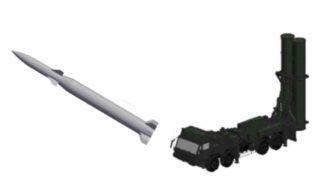
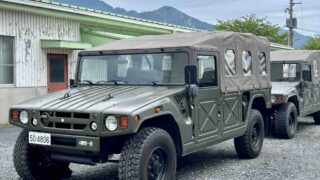
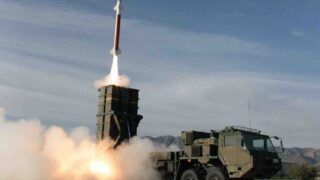

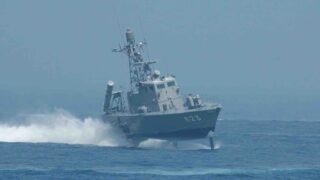
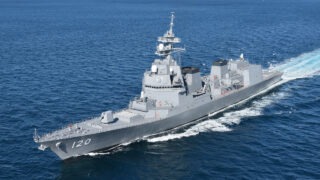
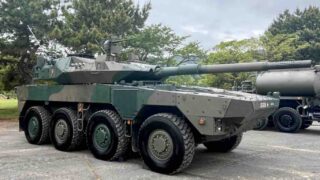
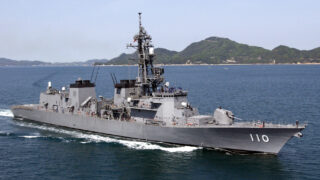
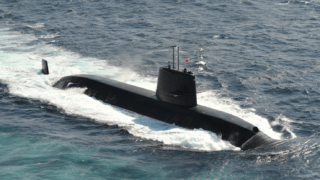
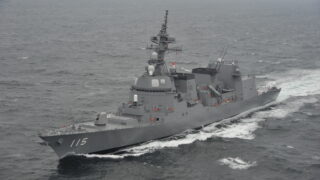

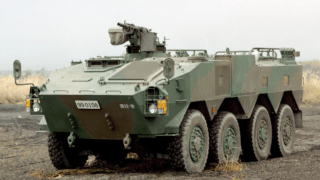




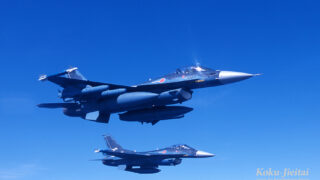
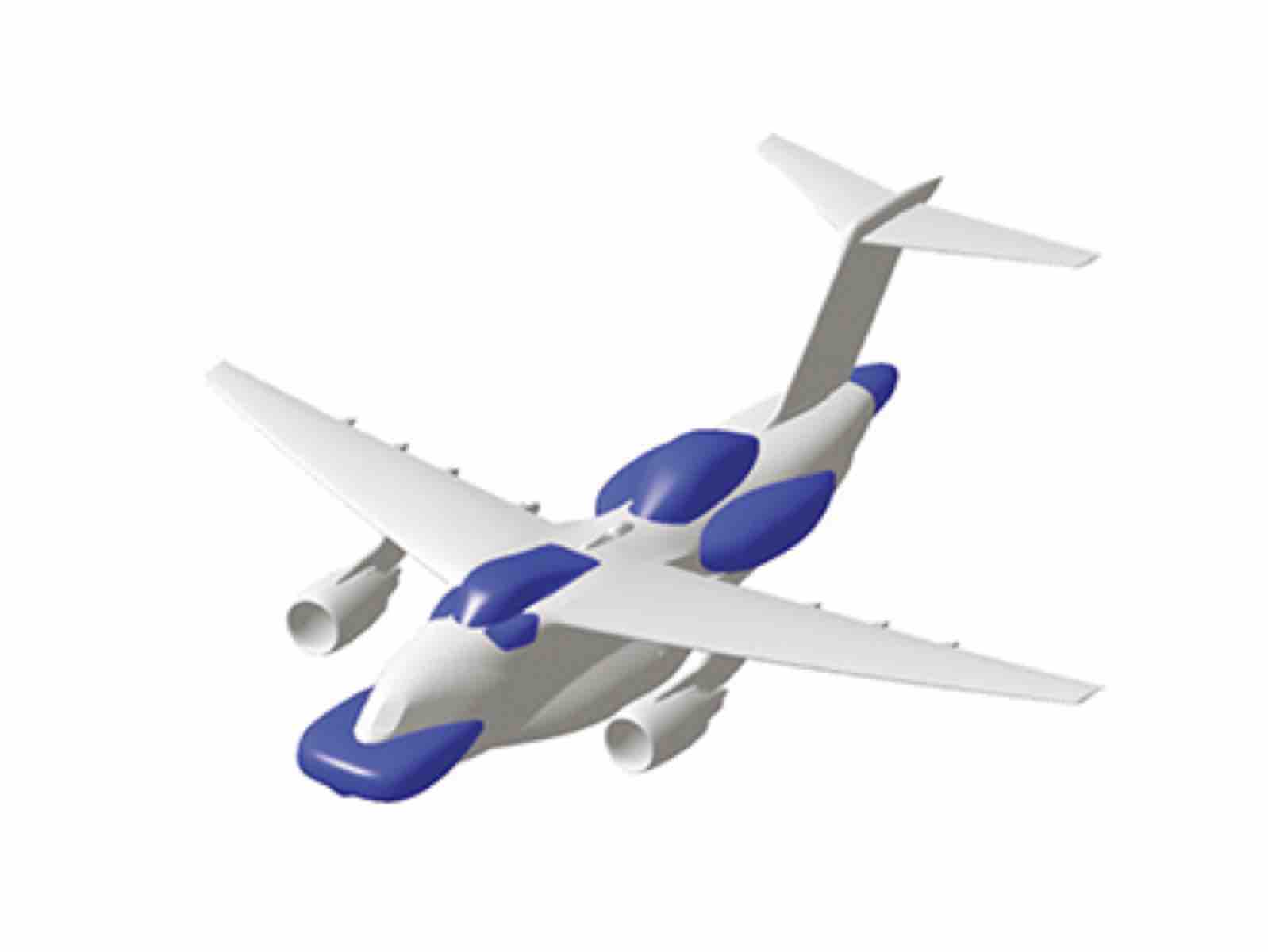
Comments